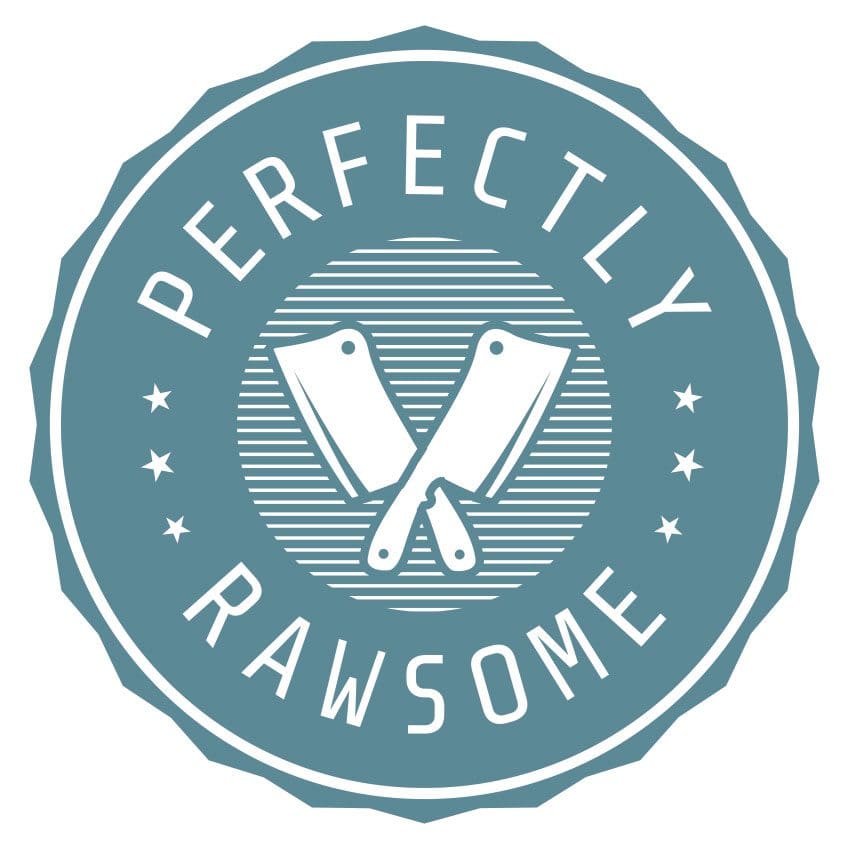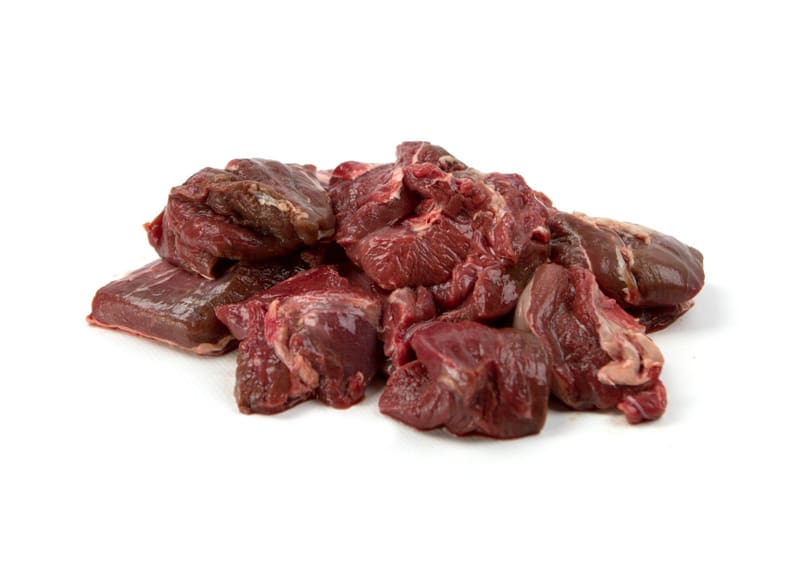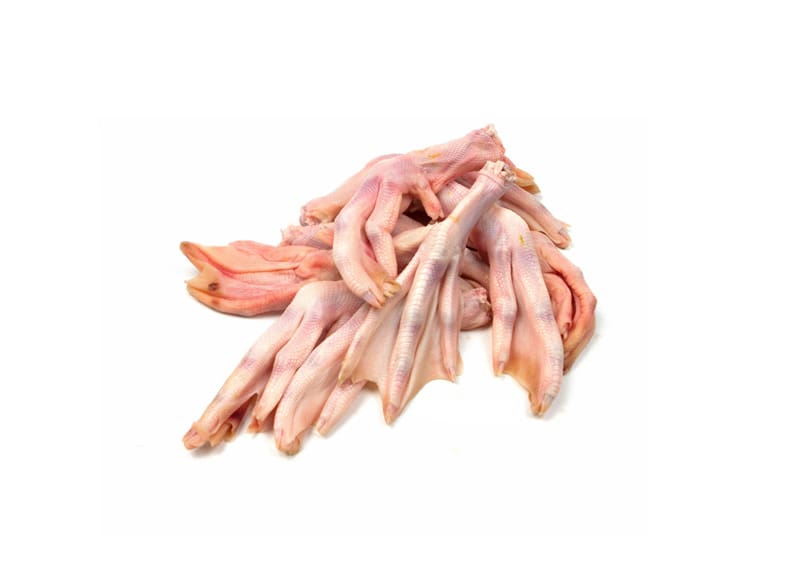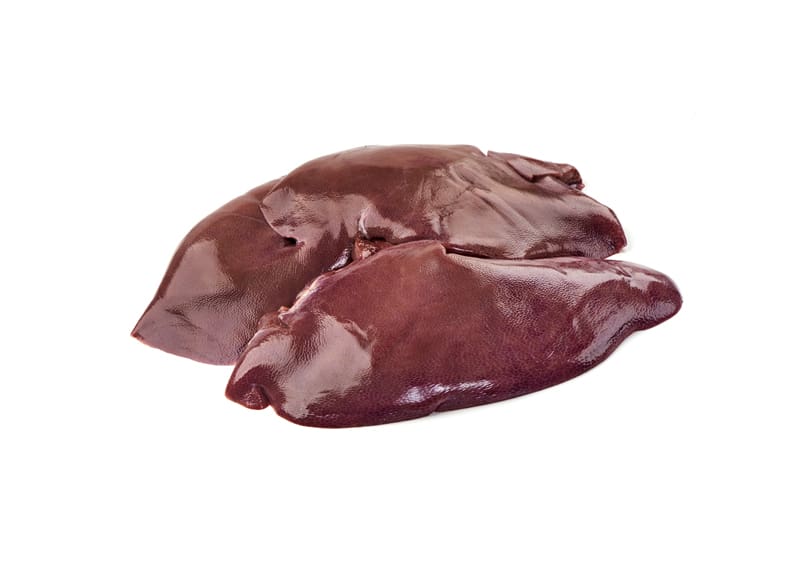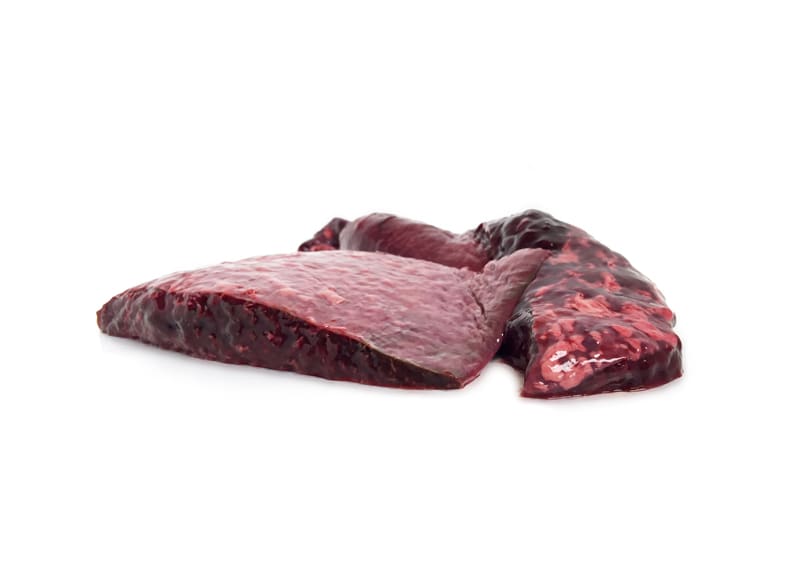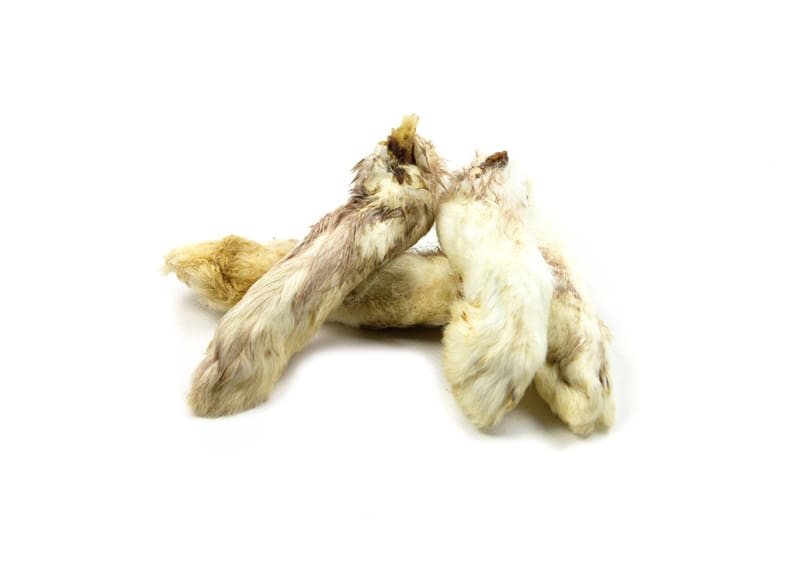The Prey Model Raw (PMR) diet eliminates processed foods and provides kittens with a natural diet which mimics what their ancestors and wild cousins consumed. A complete PMR diet mimics whole, wild prey animals and does not include plant ingredients.
The PMR diet is one of the many raw diet types suitable for kittens. It is important to note that many ratio raw diets can be lacking in certain essential nutrients when specific whole foods are not fed. Ratio diets are a great base and adding several additional whole foods can help to fill the common nutritional gaps.
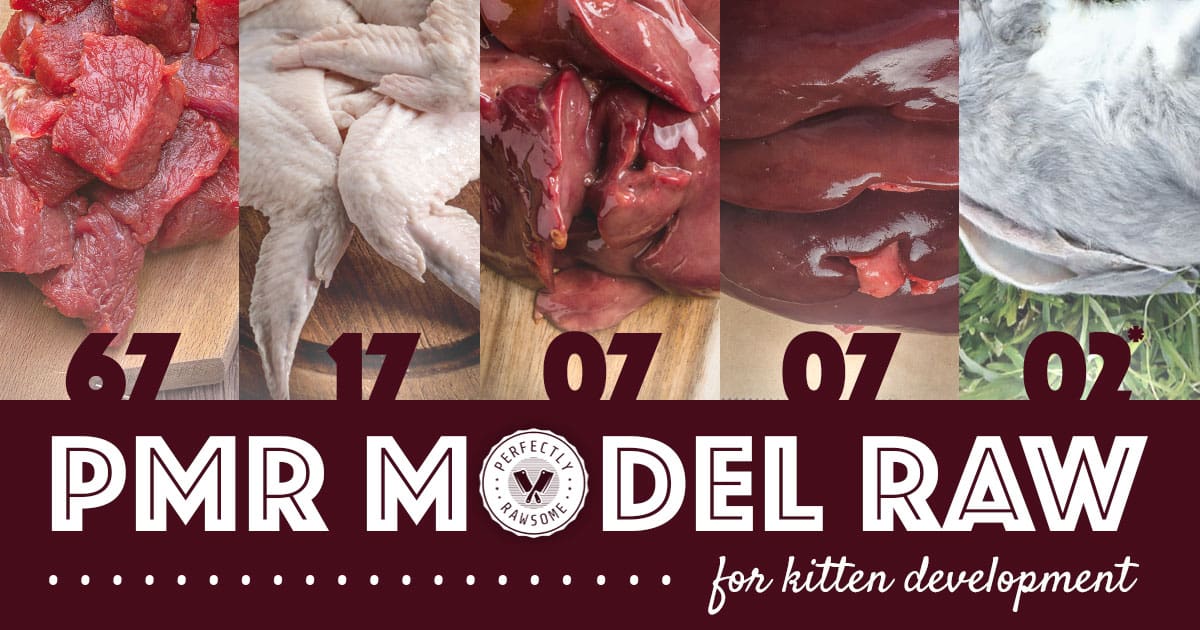
Prey Model Raw (PMR)
The recommended guidelines for a kitten PMR diet is 64-69% muscle meat, 17% raw edible bone, 7% liver, and 7% other secreting organs, and 0-5% animal based fiber. Franken Prey is another term used for raw feeders who follow PMR ratio guidelines but do not feed whole, intact prey animals.
Instead of whole prey, a variety of animal ingredients are used to complete PMR ratio guidelines. Meals can consist of multiple protein sources and different ingredients in a single feeding. It is important to note that most PMR diets are not able to mimic wild prey completely. Therefore, additional whole foods or supplements are frequently necessary to fill the common nutritional gaps.
Muscle Meat
PMR diets consist of raw muscle meat to provide essential protein, amino acids, and water-soluble vitamins. The muscle meat ratio guideline starts at 64-69% of the overall daily intake.
It is important to note the muscle meat ratio does not mean to feed muscle meat exclusively. This ratio is a large category containing multiple ingredients including saturated fat for energy and muscular organs such as heart and tripe.
Raw Edible Bone
Soft, raw edible bones are an important component in PMR diets for kittens to provide essential calcium, phosphorus, and other essential nutrients. Kittens have higher calcium and phosphorus requirements than adult cats. Therefore, the kitten PMR diet has a higher edible bone percentage. The raw edible bone ratio guideline starts at 17% of the overall daily intake.
It is important to note that this ratio refers to the amount of bone alone, and does not include the meat on the bone. Since various raw meaty bones will differ in their bone content, some calculations will be required to know how much of each raw meaty bone to feed.
The amount of raw meaty bones a kitten may need to maintain firm and consistent stool will vary. The 17% edible bone ratio is a starting guideline. Many kittens do well on 15% to 20% raw edible bone content. Always adjust according to the kitten’s individual needs.
High Calcium Requirements for Development
Kittens have a much higher requirement for calcium per 1000kcal in comparison to adult cats. Therefore PMR diets require a higher percentage of edible bone to provide sufficient amounts of calcium for healthy growth and development. The amount of edible bone decreases significantly once the kitten is no longer growing.
Liver
Liver is an important ingredient in PMR diets for puppies as it provides essential fat-soluble vitamin A and water-soluble vitamins. Ruminant liver also provides the essential mineral copper. The liver ratio guideline is slightly higher in kitten PMR diets due to their higher need for essential nutrients during optimal growth. Liver ratio guideline starts at 7% of the overall daily intake.
The 6% liver ratio is a starting guideline and this amount of liver provides more than recommended allowances for vitamin A. For kittens who are sensitive to organs, feeding as low as 5% liver will still provide essential vitamin A. It is recommended to include ruminant liver such as beef or lamb liver in raw diets for kittens.
Other Organs
Other secreting organs, particularly spleen, are beneficial ingredients in PMR diets for kittens to provide essential minerals and water-soluble vitamins. Similar to the liver ratio, the other organ ratio guideline starts at 7% of the overall daily intake.
Other secreting organs are beneficial in completing essential nutrient requirements for kittens. The 6% ratio guideline is a starting recommendation, and more or less, a secreting organ can be fed to complete nutritional requirements.
Animal-Based Insoluble Fiber
PMR ratio guidelines fail to include fiber-based foods, which would be present in true whole prey feeding. Therefore, including an animal-based fiber source to Franken Prey feeding methods is recommended. Foods that include fur or feathers provide insoluble fiber to the diet to promote colon health.
Traditional PMR ratios do not provide an animal-based fiber ratio guideline. However, 2 to 5% by weight of “furry” or “feathered” ingredients is a good recommendation to include in daily meals. This will help provide 1-2% fiber in the diet. Be sure to account for any bone and meat that is also provided by the furry ingredients.
It is important to note that the 2-5% ratio refers to the furry ingredients as a whole, which will also include the skin and tissue in the weight. Do not feed the weight in fur or feathers alone. Appropriate sources of fur can include: rabbit feet, rabbit ears, rabbit heads, feathered poultry heads or legs, raw or safely dried animal skin with fur.
When furry or feathered ingredients are not accessible, it is recommended to include a fiber source such as psyllium husk in PMR diets at 1.25 tsp per pound of food.
Nutritional Deficiencies
If a PMR diet is fed without specific raw ingredients, the raw diet will be deficient in a few essential nutrients. The ratio guidelines for a PMR diet for kittens are category terms and may include a variety of ingredients that provide different nutrients essential to a kitten’s health.
CLOSING COMMENTS
Kitten Prey Model Raw (PMR) ratios are different than adult cat PMR ratios since kittens have higher requirements for certain essential nutrients. PMR diets for kittens do not include plant ingredients because kittens and cats are obligate carnivores. Kittens have requirements for essential nutrients. The diet must supply the nutrients in adequate amounts to be considered balanced.
